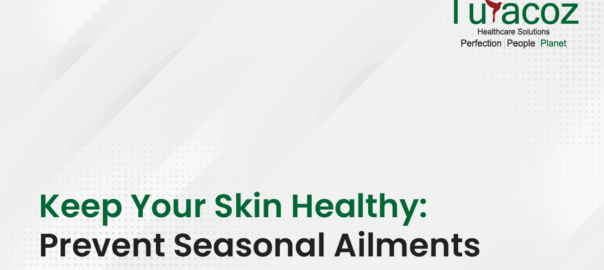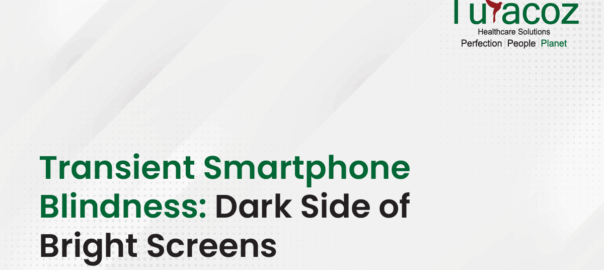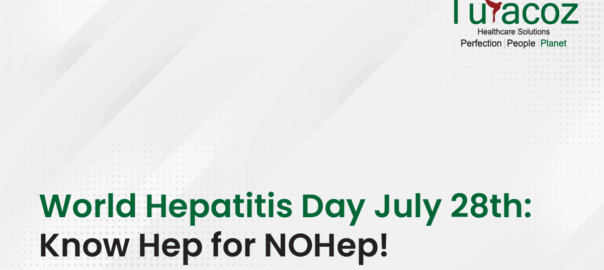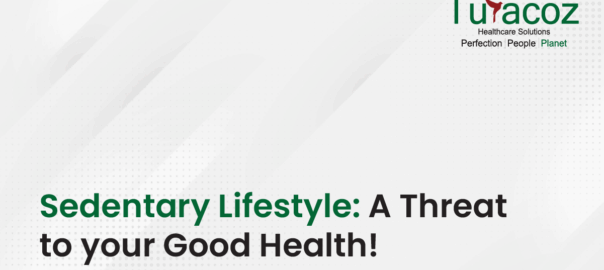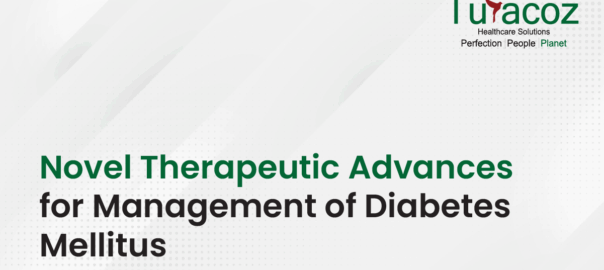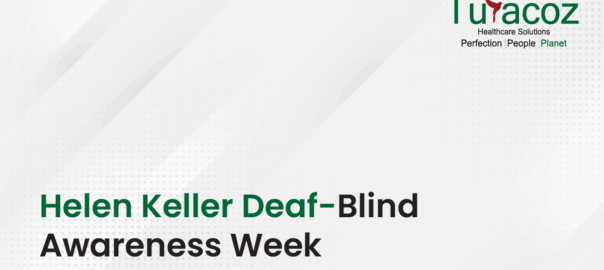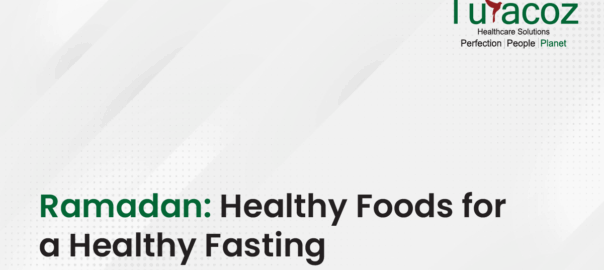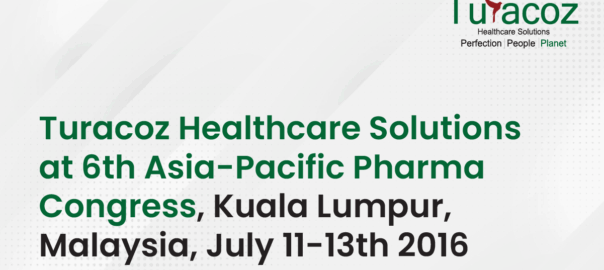As the cool showers of monsoon bring relief after the torrid summers, the warm humid weather also brings numerous skin problems in trail. Some common skin problems which may cause trouble in this season are:
- Heat rash: Heat rash is a red pimply eruption caused by sweating that leads to choking or blockage of skin pores.
- Eczema: It is aterm applied to variety of skin conditions that result from inflammation of the skindue to external and genetic factors.
- Acne:It is a common skin problem during the rainy season, mainly for youngsters. Itresults from bacterial overgrowth on the face, especially due to exposure to a lot of rainwater.
- Ringworm and folliculitis: These are bacterial or fungal infections that result from excessive sweating, dehydration, photo-toxic effects of the sun, and humidity.
- Nail infection: Infections can occur due to long nailsthat attract muck, and can make nailsdiscolored, brittle and dull.
- Athlete’s foot:It is an itchy painful infection on the feet with well defined, scaly patches caused by common fungi called Candida. The toe nails may get discolored or brittle.
Tips to Keep Your Skin Healthy
Some easy skin-care tipscan protect your skin from having bacterial and fungal itches during the rainy season:
- Control sweat: The ideal way to avoid skin problems is to keep it clean and avoid excessive perspiration. Take regular and more frequent baths. Use anti-bacterial soaps, talcum powder and face wash to keep yourself clean.
- Quick-wash after rain-wash: Children are highly prone to fungal infections during the monsoons. An immediate bath after playing in the rain and application of an anti-bacterial soap is important. Avoid using public toilets, where due to lower hygiene you are exposed to infections.
- Natural skin-care: Use anti-fungal cream or powder for nail-itches. Calamine lotion is a good option to ease skin-itching. Natural and home-made remedies such as aloe-vera, rosewater and milk can keep your skin fresh.Apply moisturizers to keep your skin hydrated.
- Check what you wear: Wearcomfortablyloose cotton and linen clothing. Wear slippers and flip-flops as they allow your feet to breathe. Avoid wearing plastic shoes, leather or canvas ones. Wash your feet regularly, and apply anti-fungal powder in shoes and socks.Wear washed cotton socks daily and keep feet clean and dry. One must never stay in wet socks for long hours.
- Watch your diet: Since the chances of infection increases during the rainy seasons, increase vitamin Cintake as it is an effective immunity-booster.Keep yourself well-hydrated with at least 6 to 8 glasses of water daily. Add the juice of a lemon to a glass of warm water and have it first in the morning. Fresh fruits, salads, sprouts, whole grains and curd must be included in daily diet.
- Skin care for diabetics: People with diabetic diseases are more prone to skin infections. They must go for a check-up when symptoms like skin rashes or redness appear lest they leave scars and turn untreatable.
Several skin ailments are the result of our ignorance and a care-free attitude towards monsoon—borne microbial infections. These infections may grow into serious problems, if not nipped in the bud. Turacoz Healthcare Solutions wants to share some basic skin-care tips this season. So stay healthy, keep your skin monsoon-proof and enjoy the rains.

